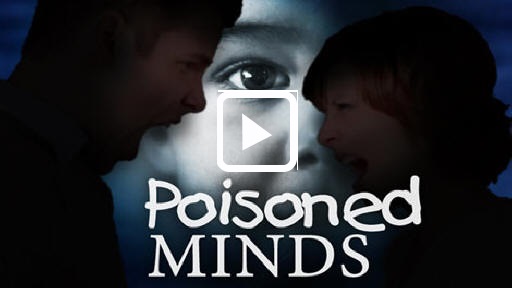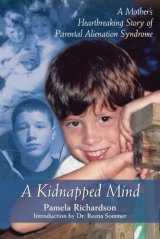
Children’s advocate calls for end to lockout at Hamilton teen jail
Province should step in to reopen Arrell Youth Centre says rights group
The Hamilton Spectator, Jun 30, 2018, by Joanna Frketich
 Members of Ontario Public Service Employees Union Local 216 hold picket signs at the corner of Stone Church and Anchor Roads outside Banyan, the not-for-profit organization that runs the Arrell Youth Centre, in April. - Hamilton Spectator file photo
Members of Ontario Public Service Employees Union Local 216 hold picket signs at the corner of Stone Church and Anchor Roads outside Banyan, the not-for-profit organization that runs the Arrell Youth Centre, in April. - Hamilton Spectator file photo
The Canadian Children's Rights Council is calling for an end to a labour dispute that has closed a Hamilton youth detention facility for more than two months.
No new talks are scheduled after negotiations broke down June 24 in the ongoing lockout at Arrell Youth Centre at 320 Anchor Rd. near Stone Church Road East and Dartnall Road.
The centre, which normally houses 16 young men convicted or accused of serious crimes, has been empty since the lockout began April 27. Most of the 16 teens who were moved stayed in the west region, which includes London, Guelph and Niagara. But three had to go to the east region, which stretches as far as Kingston.
"It undermines the whole idea of rehabilitation," said Grant Wilson, president of the nonprofit advocacy council. "That's a life-altering experience to go through that kind of labour disruption when you are a youth ... It's destructive to everybody."
He is calling on the province, which funds the detention centre, to help find a resolution that will see Arrell open again as soon as possible.
"The province should step in and do whatever it takes to sit these people down and work something out for the sake of everybody," said Wilson. "They should do something to get this back on the tracks."
The Ministry of Children and Youth Services declines to say how the prolonged closure of one facility is affecting the conditions at the rest of the province's detention centres.
A statement to The Spectator said: "As labour negotiations are a matter between the employer and the union, it would be inappropriate for the Ministry of Children and Youth Services to comment."
Banyan, the not-for-profit organization that runs Arrell, says other detention centres have had low occupancy so the impact has been marginal so far.
"The system has been able to rewire itself with the closure of Arrell," said CEO Kim Ciavarella. "They had capacity to take our youth."
But Wilson says the council's concerns about the closure go beyond whether there is physically enough room to house the teens at other sites.
"You want them to have a positive influence in their lives and that just doesn't happen when you have been sent away to another place and taken away from everybody including the workers themselves who are trying to build relationships with these 16 people in custody," said Wilson. "It will make people feel very uncomfortable not knowing how long it's going to be."
He questioned what disruptions the labour dispute is causing to the teens' schooling, family, treatment programs or other services based in Hamilton.
"It's a holding pattern," Wilson said about their current situation.
More than nine weeks of labour dispute involving one-quarter of Banyan's workforce is starting to strain the small not-for-profit," says Ciavarella.
"The stress upon our organization and our employees is mounting," she said. "We really would like to see a resolution to the dispute. I'm hopeful and determined to get these teams back to the table ... It's not an optimal situation at all."
She says the June 24 talks broke down after a mediator determined they had reached an impasse.
The union says it was Banyan that walked away from the negotiating table.
"The union did make some movement and conceded on a few things," said Len Mancini, Ontario Public Service Employees Union Local 216 bargaining chair for the centre. "We were trying to be as creative as possible to negotiate a deal. We tried very hard. The employer wasn't as willing to move off of their issues as we were."
At the heart of the dispute is the cost of benefit premiums. Banyan wants staff to cover 20 per cent of the costs and take a reduced benefits package. The 60 staff are opposed because they already pay the entire cost of long-term disability benefits and have no Workplace Safety and Insurance Board (WSIB) coverage.
"I truly hope they get back together very soon and try to get this place back to what it was," Wilson said.









